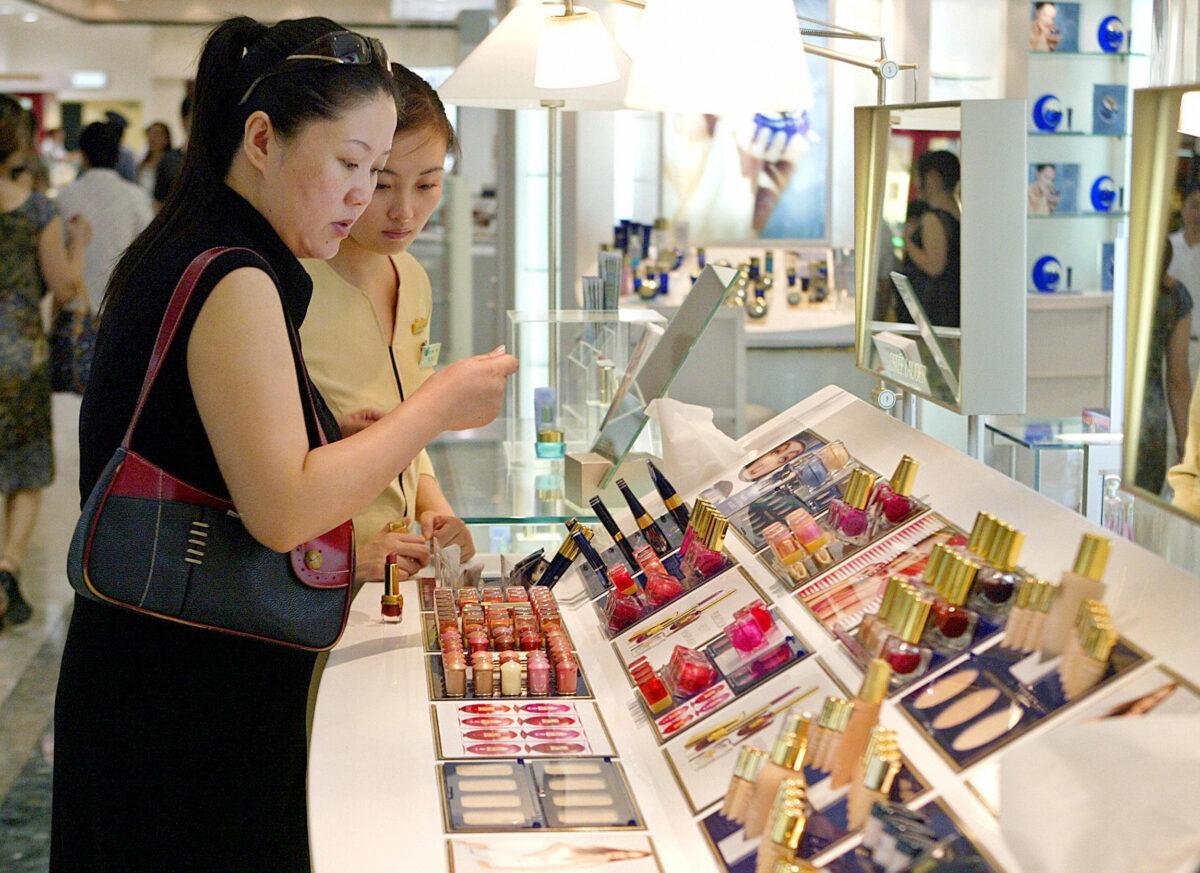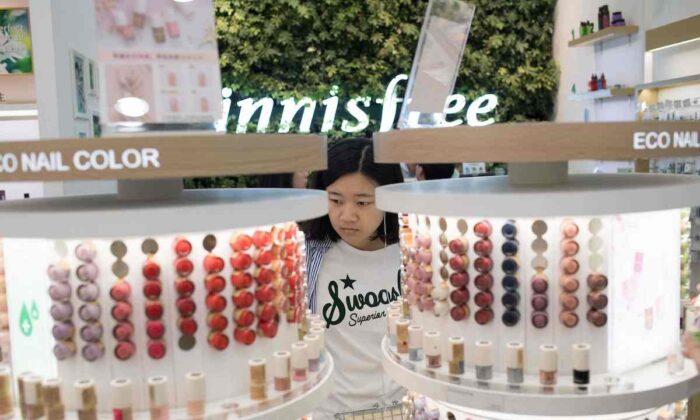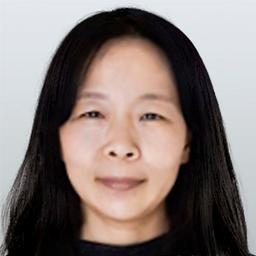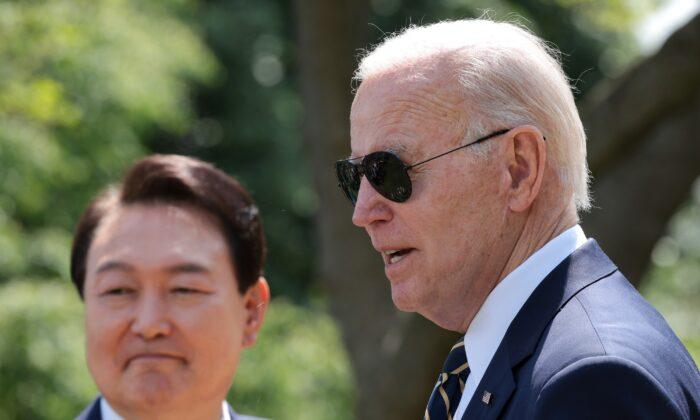South Korean beauty industry giant, Amorepacific, has turned to the North American market and achieved remarkable results after drawing itself out of a downturn in the Chinese market.
Since the beginning of this year, Amorepacific has focused on developing its online and offline sales channels in the United States, spearheaded by its major brands such as Laneige, Sulwhasoo, and Innisfree.
Laneige led the pack in the beauty and personal care category during Prime Day and was also selected as the best-selling brand, and Sulwhasoo sold out of all the products prepared for the event.
In March and April, Sulwhasoo and Laneige were officially launched on Amazon, expanding their online sales reach. In addition, Sulwhasoo entered 51 Sephora stores in March, and Innisfree has also expanded in Sephora and Kohl’s to more than 490 stores.
China Market Problems
South Korean cosmetics relied heavily on the Chinese market in past years, with Amorepacific’s share of cosmetics sales in China making up about 70 percent of all overseas sales.
However, Amorepacific had been losing its share of the Chinese market since 2017 when Beijing imposed economic retaliations on South Korea for its deployment of the U.S.-made Terminal High Altitude Area Defense or THAAD anti-ballistic missile systems.
Meanwhile, Sulwhasoo and IOPE Air Cushion foundation were eyed as main targets for copycats in China, while local brands also had more attention with their low-price advantages.
In addition, the Chinese Communist Party’s lengthy Zero-COVID policy has weakened the country’s economy and added to the plight of foreign companies.
Asia was the slowest growing region in terms of revenue, with China’s revenue declining by approximately 10 percent in the October-December quarter last year, according to Amorepacific’s 2021 financial report.





